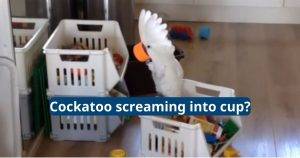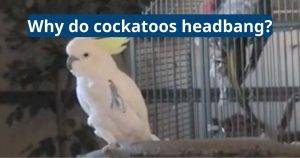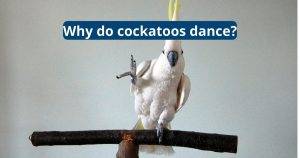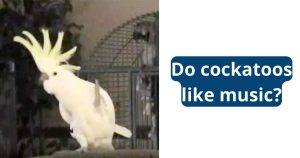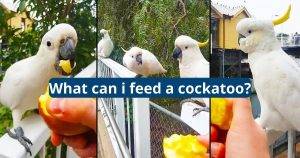Turquoise Yellow Sided Green Cheek Conure
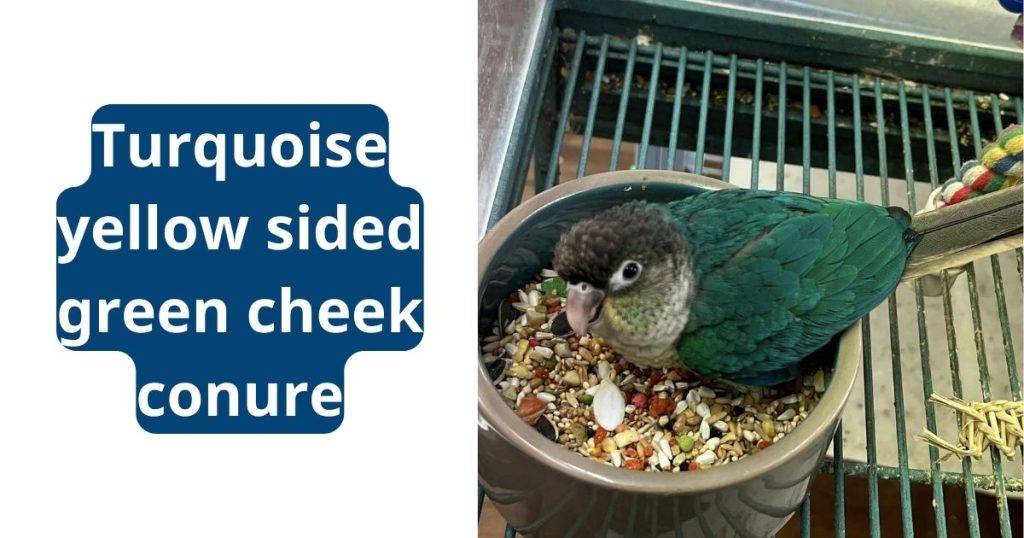
The Turquoise yellow sided green cheek conure can live up to 25 years in captivity. Its actual lifespan is reduced to 10 years if the bird is not taken care of properly. When looking for a new green cheek conure, it is best to shop around. You will want to look for breeders who are well informed and offer good living conditions for their birds.
Size
Green cheek conures are fairly small birds that can be tamed and make excellent pets. They bond well with humans and are not as loud or destructive as other parrot species. They love to interact with their owners and need out of the cage time regularly. They are prone to chewing, so be careful with them around your furniture.
The turquoise yellow sided green cheek is an elegant sex-linked mutation of the classic green cheek conure. It has a brighter green color with a maroon tail. It is a bit more expensive than the normal green cheek conure, but it’s worth the price.
Although not known to talk much, green cheek conures can mimic a few words and phrases. They’re also good natured, playful and affectionate. They enjoy petting and cuddling and can be naughty too, so they are a fun-loving bird that will keep you entertained. Keeping a green cheek conure is a commitment, though, as it requires regular interaction and attention from its owner.

Feeding
Green-cheeked conures feed on a variety of fruits, vegetables, seeds, and pellets. They also like to eat nuts (such as pistachios, almonds, and filberts) but make sure they are unsalted.
These birds are playful and like to cuddle. They can be mischievous, so they need plenty of toys and a large cage to run around in. They are intelligent and can learn a few words.
Like normal green-cheeked conures, turquoise yellow sided green cheeks are not hard to breed. Just get a sexed male and female together and the baby birds should come out healthy. These babies are very easy to train, too. Just be patient and use positive reinforcement training. When the bird wiggles its butt, lowers its head, and lifts its wings to poop, just say the word “go potty” to let it know that’s what it needs to do. This will help prevent accidents in the home and make the bird more happy!

Care
Green-cheeked conures are playful, loving and social birds. They bond well with their owners and don’t have the loud voices of other conures. They are mischievous and enjoy hanging upside down from their cage bars clamoring for attention.
As with most parrots, they need daily interaction and out of cage time. They also need lots of toys, a spacious cage and plenty of room to run around in it. They don’t like to be left alone all through the day and can develop behavior problems if they are.
While a yellow sided green-cheeked conure is more independent than normal green-cheeked conures, they still love to snuggle with people and hang from their sleeves or pockets. They are very smart and train quickly, although they can be a bit snappy. These fun-loving clowns can be a bit of a challenge for some people though. That’s why it’s important to think through whether this bird is a good fit for you before you purchase.

Health
This bird is similar to the normal green cheek conure, but it has bright yellow and red chest feathers and light pink feet. It also has lighter green wings and flight feathers, and it features a tan beak and head. These birds are shy and cautious, so they need time to warm up to you and will be more reluctant to cuddle than the normal green cheek.
In the wild, these birds eat a variety of fruits, vegetables, seeds and pellets. In captivity, they should be given a variety of fresh foods and high-quality pelleted diets. They should be provided with a large cage and plenty of toys to play with and exercise with during supervised out-of-cage time.
As with all pet birds, green cheek conures require regular veterinary care to stay healthy and happy. You should watch out for symptoms such as soiled and balding feathers, diarrhea, coughing, shivering and swollen eyes or feet. Consult your vet if you notice any of these conditions in your turquoise yellow sided green cheek conure.

